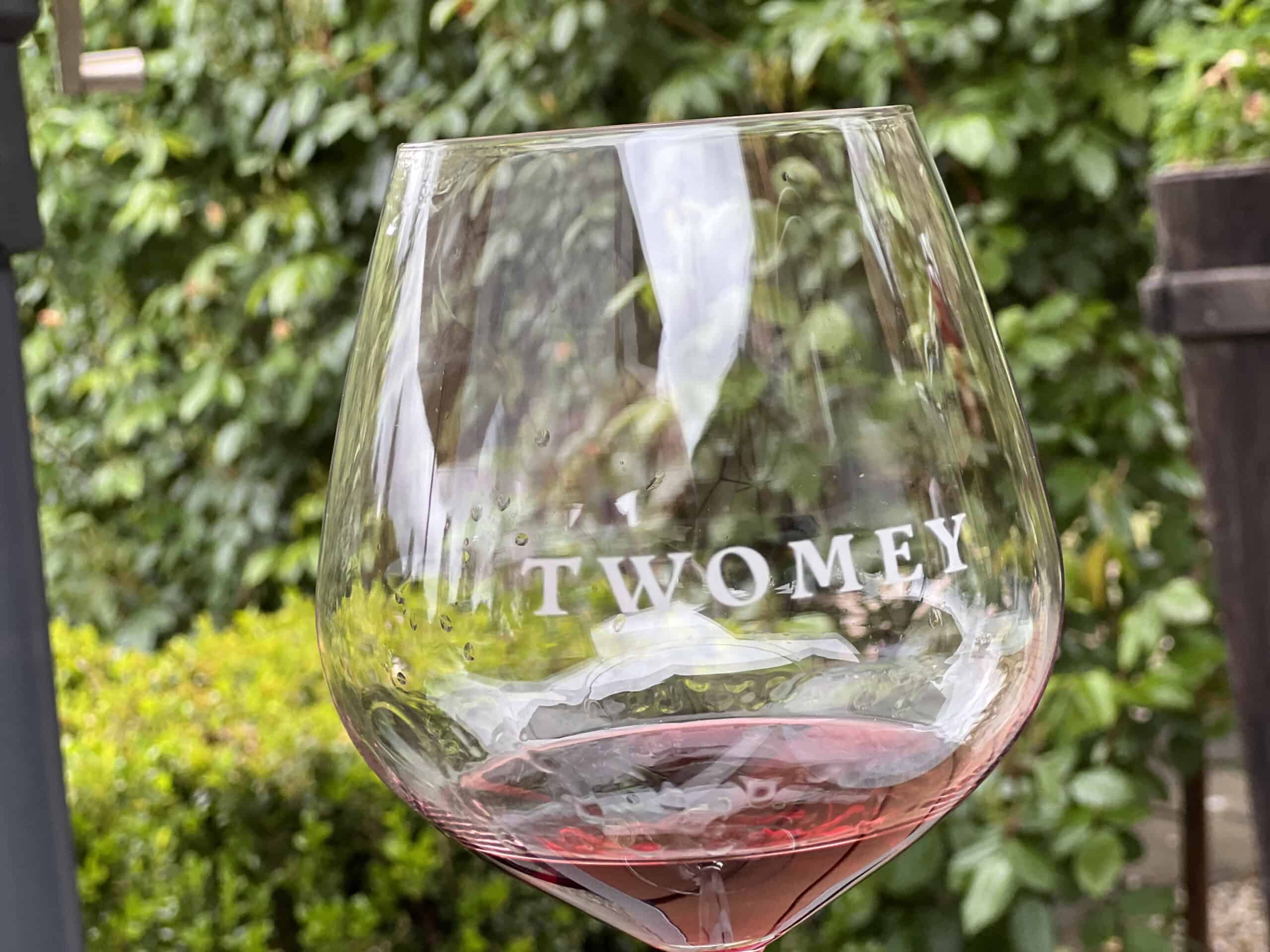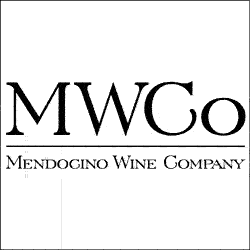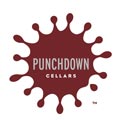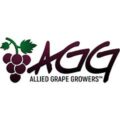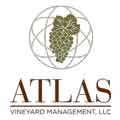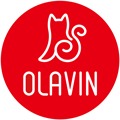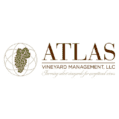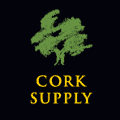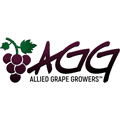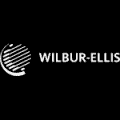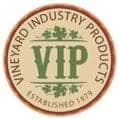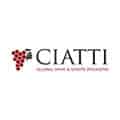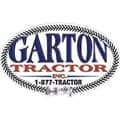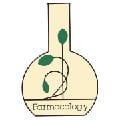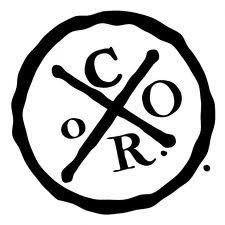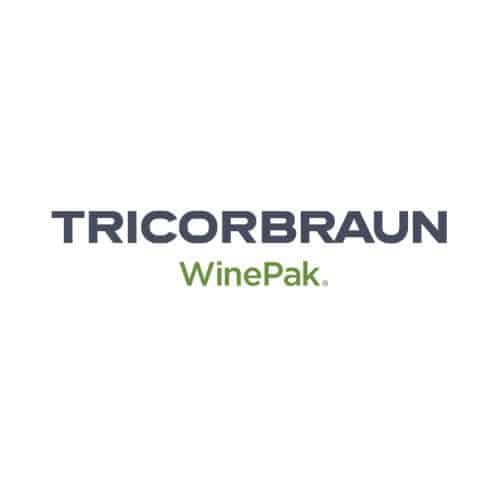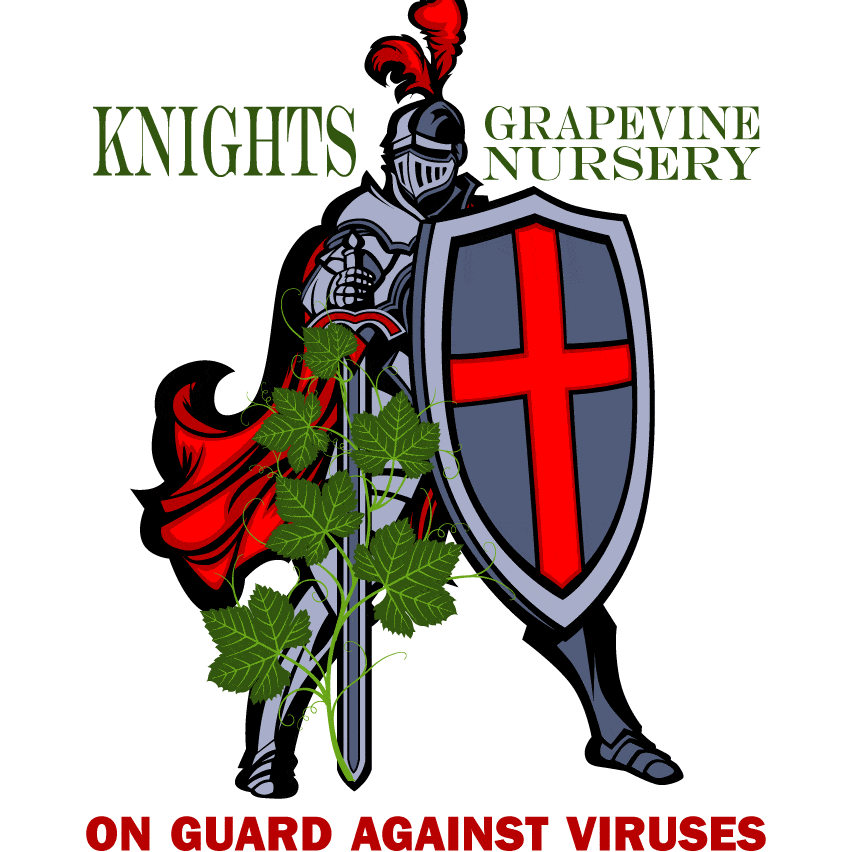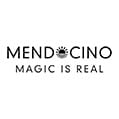Hope Nastri, associate winemaker at Twomey Cellars’ Anderson Valley estate in Philo, shares her journey from math teacher to winemaker, her minimalist winemaking philosophy, and the sustainable practices that define Twomey’s commitment to producing distinctive pinot noirs.
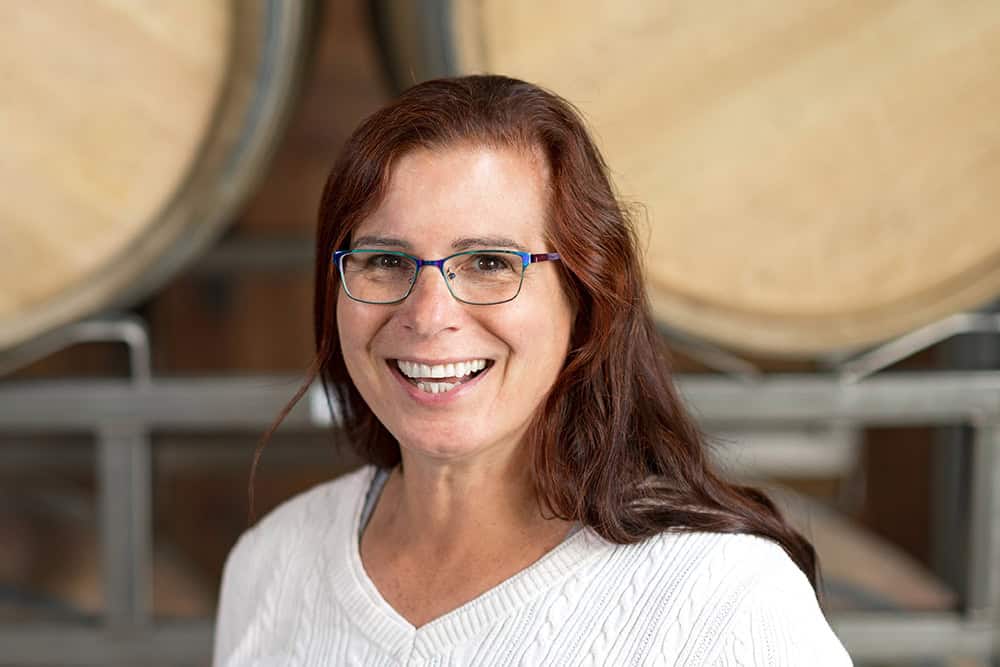
Roger Coryell: Hope, can you start by telling us about your role at Twomey Cellars and within the company?
Hope Nastri: Sure, I am the associate winemaker for our Anderson Valley estate. I’m responsible for overseeing the day-to-day winemaking operations here, which includes making key decisions during harvest, managing fermentation, and ensuring that our wines reflect the unique terroir of our vineyards. While I focus primarily on Anderson Valley, I work closely with our winemaking team, including Chris Burrough in Oregon and Justin Hirigoyen, our director of winemaking. We always collaborate to maintain the high standards of quality across all our wines.
Roger Coryell: Can you tell us about your journey into winemaking? How did your diverse background as a math teacher and stockbroker lead you to the world of wine?
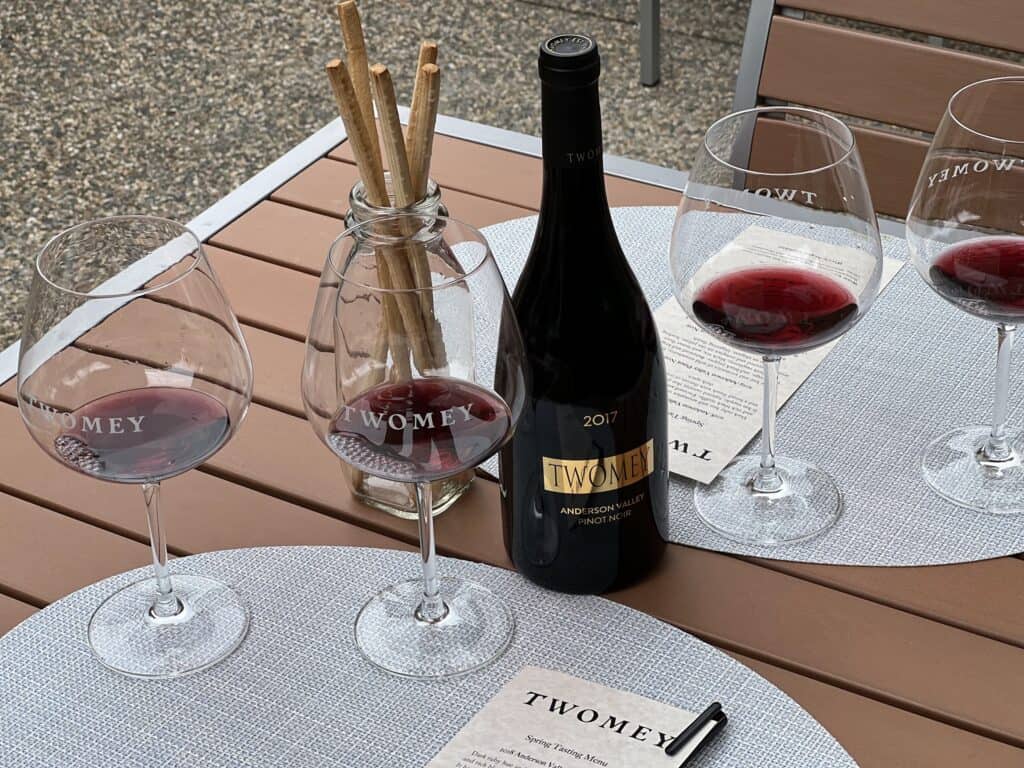
Hope Nastri: I started college as a chemistry major but struggled with lab work. My advisor suggested switching majors, so I moved to mathematics and eventually taught high school math and coached sports for eight years. The bureaucracy and politics of teaching led me to try working as a stockbroker, but that wasn’t for me. Living in Washington state, near Yakima and Walla Walla valleys, I decided to give the wine industry a shot. I started as a temp worker in the lab at Chateau St. Michelle and never looked back. I worked my way up through cellar and lab jobs and now, 12 years later, I’m here at Twomey.
Roger Coryell: Twomey is known for its minimalist approach to winemaking. Can you elaborate on what this means and how it shapes the wines you produce?
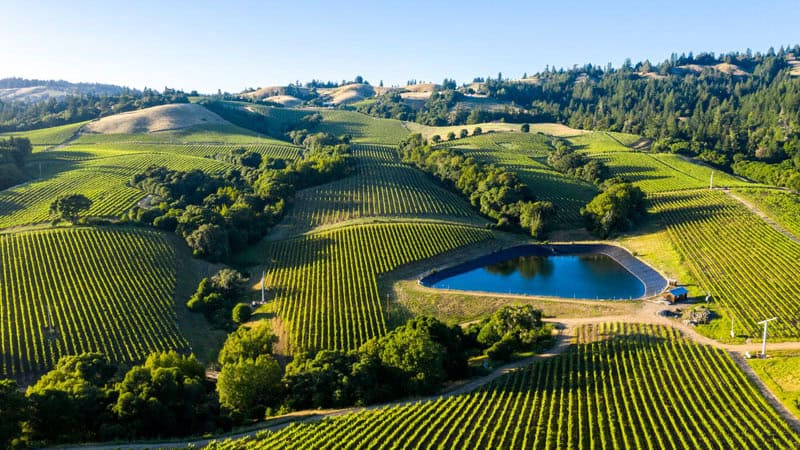
Hope Nastri: Minimal intervention is key for us. We aim to let the fruit express itself naturally without heavy manipulation. This means gentle extraction, using minimal new oak, and allowing the vineyard’s characteristics to shine through in the wine. We aim to make wines that truly reflect their origins.
Roger Coryell: What role does sustainability play in your winemaking practices at Twomey, and how do you implement sustainable methods in the Anderson Valley vineyards?
Hope Nastri: Sustainability is crucial. Both Twomey and Silver Oak wineries are LEED Platinum certified. We practice no-till farming, avoid herbicides, and focus on water and energy conservation. These practices make our vineyards more resilient and reflect our commitment to environmental stewardship. We focus on practices that enhance soil health and biodiversity, such as cover cropping and organic farming. These efforts not only improve the quality of our grapes but also ensure the long-term health of our vineyards.
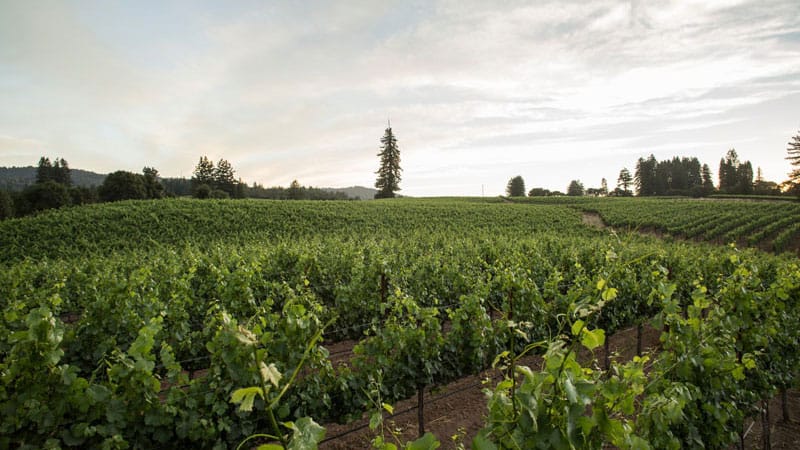
Roger Coryell: Could you tell us more about the history of the Monument Tree and Lazy Creek vineyards? What makes these vineyards special, and how do they contribute to the distinctiveness of your pinot noir?
Hope Nastri: The Monument Tree Vineyard, which we purchased in 2010, is located just 12 miles from the ocean and offers a unique cool climate perfect for pinot noir. The Lazy Creek Vineyard, now known as Behrman Bend, has a rich history dating back to the early 1900s. Each owner has left a mark on the property, contributing to its current state. These vineyards produce pinot noirs with distinct characteristics due to their specific microclimates and soil compositions.
Wine production and tasting notes
Roger Coryell: Can you describe the typical flavor profile and characteristics of the Anderson Valley pinot noir? What should consumers look for when tasting this wine?
Hope Nastri: Anderson Valley pinot noirs are known for their bright fruit flavors, firm tannins, and vibrant acidity. You’ll find notes of cherry, raspberry, and subtle earthy undertones. They are more structured and savory compared to the more fruit-forward Russian River pinots.
Roger Coryell: How would you compare Anderson Valley pinot noirs to those from the Russian River Valley?
Hope Nastri: Anderson Valley pinot noirs are more structured with firmer tannins and brighter acidity, making them excellent food wines. They have a savory character with more pronounced earthiness and complexity. In contrast, Russian River Valley pinots are typically more fruit-forward, approachable, and have a richer, rounder mouthfeel. If you’re looking for a wine to enjoy on its own, on the porch with friends, Russian River pinot might be the way to go, but for pairing with meals, Anderson Valley pinot is ideal.
Climate change and cool climate wines
Roger Coryell: How is climate change affecting the vineyards in Anderson Valley, and what strategies are you employing to adapt to these changes while maintaining the quality of your cool climate wines?
Hope Nastri: Climate change is a significant concern. We have adjusted our farming practices, such as using shade cloths, changing pruning techniques, and exploring different rootstocks to cope with heat spikes. These adaptations help us maintain the quality and balance of our cool climate wines despite changing conditions. For instance, our vineyards in the deeper parts of Anderson Valley are more resilient to heat, and we focus on these areas to ensure the longevity and quality of our grapes.
Relationship with Silver Oak and transition to pinot noir
Roger Coryell: Can you explain the relationship between Silver Oak and Twomey, and the transition Twomey made from producing Merlot to focusing on pinot noir?
Hope Nastri: Twomey was established by the Duncan family, who also own Silver Oak. While Silver Oak focuses exclusively on Cabernet Sauvignon aged in American oak, Twomey was created to explore other varietals. Initially, we produced Merlot, but over time, we saw a greater opportunity and potential in pinot noir, especially from specific vineyards in Anderson Valley. This transition was driven by our desire to make site-specific wines that reflect the unique terroir of each vineyard. The success and quality of our pinot noirs from Anderson Valley have solidified this focus.
Consumer engagement
Roger Coryell: How can wine enthusiasts best enjoy and appreciate Twomey’s wines? Do you have any pairing suggestions or serving tips?
Hope Nastri: Our Anderson Valley Pinot Noirs are excellent with food due to their structure and acidity. They pair beautifully with a variety of dishes, especially those with rich flavors and savory elements. For a casual setting, our wines are perfect to enjoy on a porch as the sun sets.
Roger Coryell: What do you hope consumers take away from experiencing Twomey’s wines, especially those from the Anderson Valley?
Hope Nastri: I hope they appreciate the unique characteristics and quality that come from our focus on minimal intervention and sustainability. Our wines are a true reflection of their terroir, offering a distinctive taste of the Anderson Valley.
Roger Coryell: What’s it like working in such a gorgeous spot?
Hope Nastri: One of my favorite moments is running through the vineyards during lunch breaks and reaching the top of the hill to look over the valley. It’s a reminder of how fortunate I am to work in such a beautiful place and the dedication we all have to making the best wine possible.
Roger Coryell: What’s next for Twomey Anderson Valley? Any cool new projects or special releases that are going to knock our socks off?
Hope Nastri: We’re constantly experimenting and trying to improve. We’ve recently switched to mobile bottling to reduce stress on our team and increase efficiency. This has allowed us to expand our fermentation space and aim for more production. Our goal is to get to 15,000 cases eventually, but we’re focused on sourcing high-quality fruit and fine-tuning our processes.
We truly believe we haven’t made our best bottle of wine yet. It’s an ongoing journey, and we’re excited about what the future holds.

